How to choose a suitable handheld mobile computer?
With the rapid development of digitalization and the Internet of Things (IoT), handheld terminals have become an indispensable smart tool for logistics, retail, medical, manufacturing, public safety and other industries. It integrates data collection, processing and transmission, which can greatly improve work efficiency and reduce the rate of manual errors. However, there are many brands of handheld terminals on the market with different functions. How to choose the product that best suits their needs has become a problem for many companies and individual users.
This article will analyze from multiple dimensions such as application scenarios, hardware configuration, operating system, data collection capabilities, battery life anddurability, connection methods, software compatibility, brand and after-sales service, budget and cost performance, and provide a comprehensive purchase guide to help you make the best decision.
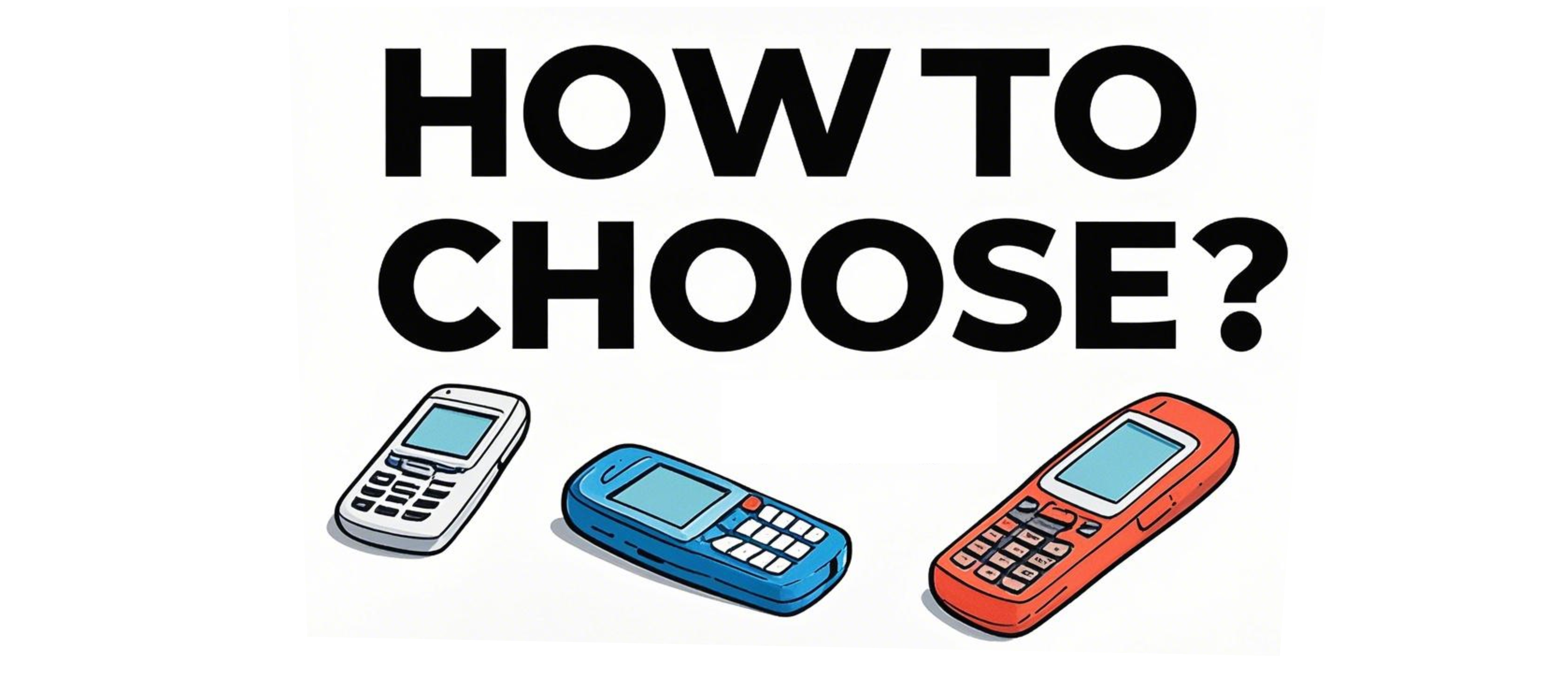
I. Clarify the application scenario: Differences in needs in different industries
The purchase of handheld terminals must first consider their usage scenarios. Different industries have different requirements for the functions, durability, portability, etc. of the equipment. The following is a demand analysis of major industries:
1. Logistics and warehousing industry
Core needs:
High-frequency code scanning (1D/2D barcode)
Long battery life (continuous use for more than 8 hours)
Anti-drop, dustproof, waterproof (IP67 protection level)
Adapt to harsh environments such as low temperature and high humidity
Recommended equipment:
Zebra TC series (such as TC20/TC25): industrial-grade PDA, support high-intensity operations
Honeywell CT60: UHF RFID support, suitable for batch scanning
C-Readertek N60: cost-effective, suitable for small and medium-sized logistics companies
2. Retail and e-commerce industry
Core needs:
Lightweight and easy to carry, suitable for store clerks to hold for a long time
Quick code scanning (support NFC, QR code payment)
Beautiful and stylish, improve customer experience
Support mobile POS function
Recommended equipment:
Datalogic Memor 10: consumer-grade PDA, sensitive touch
Zebra MC2200: optimized for retail, support Bluetooth printing
3. Healthcare industry
Core requirements:
Antibacterial shell, supports alcohol disinfection
High-precision scanning (drug barcodes, medical record management)
Support RFID (tracking medical equipment, drug batches)
Comply with medical industry certifications (such as FDA, CE)
Recommended equipment:
Panasonic Toughpad FZ-M1: medical-grade handheld terminal, anti-liquid splash
Zebra MC9300: supports medical industry-specific software
C-Readertek N73S: medical-grade handheld terminal, cost-effective
4. Manufacturing and industrial fields
Core requirements:
Anti-interference (factory electromagnetic environment is complex)
High temperature resistance, anti-oil pollution
Support industrial protocols (such as Modbus, Profinet)
Long-term stable operation
Recommended equipment:
Honeywell Dolphin CT40: industrial-grade reinforced design
UROVO DT50: supports a variety of industrial sensors
Zebra ET5x series: suitable for high-precision scenarios such as automotive manufacturing
5. Public safety and law enforcement
Core requirements:
High security (support fingerprint/face recognition)
Strong and durable (anti-fall, waterproof)
Long battery life (all-weather use by field staff)
Support encrypted communication
Recommended equipment:
Unitech PA760: Police PDA, supports 4G/5G networking
Zebra L10: Suitable for firefighting and emergency management
II. Hardware configuration: performance determines efficiency
The hardware of the handheld terminal directly affects its operating speed, stability and service life. The following is a key configuration analysis:
1. Processor (CPU)
Low-end (quad-core 1.2GHz): suitable for simple code scanning, such as retail cash register
Mid-end (octa-core 2.0GHz): suitable for logistics sorting, inventory management
High-end (Snapdragon 6/8 series): suitable for complex calculations, such as AI visual recognition
2. Memory (RAM) and storage (ROM)
Configuration Applicable scenarios
2GB RAM + 16GB ROM Basic code scanning, data entry
4GB RAM + 64GB ROM Multitasking (such as WMS system)
6GB RAM + 128GB ROM Large database, image processing
3. Display screen
Size: 4 inches (portable) vs 6 inches (better visibility)
Type:
Capacitive screen (sensitive touch, suitable for retail)
Resistive screen (operable with gloves, suitable for industry)
Brightness: above 500nit (clearly visible in outdoor sunlight)
4. Battery capacity
3000mAh: about 8 hours of battery life (suitable for indoor use)
6000mAh: all-weather operation (logistics, field staff)
Replaceable battery: suitable for high-intensity operations to avoid charging interruptions
III. Operating system: Android vs Windows vs customized system
Different operating systems are suitable for different scenarios:
OS Type | Advantages | Disadvantages | Applicable Industry |
Android | Rich ecosystem, strong app compatibility | low security | retail, logistics, medical |
Windows | Enterprise-level software support | High hardware requirements | Industrial control, complex data processing |
iOS | High security | strong closedness, high price | specific companies (such as Apple partners) |
Customized system | High stability | Poor scalability | Military industry, special industries |
Recommendations:
Most companies choose Android for its flexibility and low cost.
Windows 10 IoT can be selected for industrial scenarios, which is compatible with traditional industrial control software.
IV. Data collection capabilities: How to choose barcode, RFID, and NFC?
1. Barcode scanning
Laser scanner: fast, but only supports one-dimensional codes (such as warehouse management)
Image scanner: supports QR/DM codes and has a wider range of applications (such as retail)
2. RFID (radio frequency identification)
Low frequency (LF): short distance (such as animal tags)
High frequency (HF): access control, payment (such as NFC)
Ultra-high frequency (UHF): logistics pallet batch scanning (most commonly used)
3. NFC (near field communication)
Applicable to mobile payment, identity authentication (such as retail, access control)
4. Other sensors
GPS: logistics tracking
Fingerprint recognition: security authentication
Temperature sensor: cold chain transportation
V. Battery life and durability: How to ensure long-term stable use?
1. Battery life
Normal use: 8-12 hours
High-intensity use: 6000mAh or higher battery is required
2. Protection level
IP54: Dust and splash proof (suitable for indoor use)
IP67: Waterproof and dustproof (suitable for outdoor/industrial use)
MIL-STD-810G: Military-grade drop resistance (extreme environment)
VI. Connection method: How to match Wi-Fi, Bluetooth, 4G/5G?
Wi-Fi 6: High speed and stability, suitable for warehousing and sorting
Bluetooth 5.0: Connect to printers and headphones
4G/5G: Mobile office (such as field inspection)
USB/serial port: Industrial equipment docking
VII. Software compatibility: How to dock with enterprise systems?
Does it support ERP, WMS, MES and other systems?
Does it provide SDK for secondary development?
VIII. Brand and after-sales service
Brand Features Suitable industry
Zebra Industry benchmark, strong durability Logistics, manufacturing
Honeywell High performance, industrial grade Warehousing, medical
Datalogic Leading in the retail field Supermarkets, e-commerce
C-Readertek High cost performance Small and medium-sized enterprises
After-sales key points:
Warranty period (1-3 years)
Does it provide local technical support?
IX. Budget and cost-effectiveness analysis
Price range | Applicable scenarios | Representative models |
$300-$800 | Basic code scanning, retail cashier | Zebra LI3608c,C-Readertek N60
|
$800-$1500 | Logistics warehousing, industrial applications | Zebra TC52/TC57, Honeywell CT40, C-Readertek N70S |
$1500-$2500 | High-end industry, medical care, law enforcement | Honeywell CT60, Zebra MC9300,C-Readertek N73SH |
$2500+ | Special industries (military industry, petroleum, etc.) | Getac ZX70, Panasonic Toughpad |
Conclusion
Selecting a handheld terminal requires comprehensive consideration of application scenarios, hardware, system, data collection, battery life, connection method, software support,
Brand after-sales and budget. Suggestions:
Clear core needs (such as code scanning, RFID, industrial environment).
Compare different brands and models, and give priority to industry benchmark products.
I hope the above information can help you.
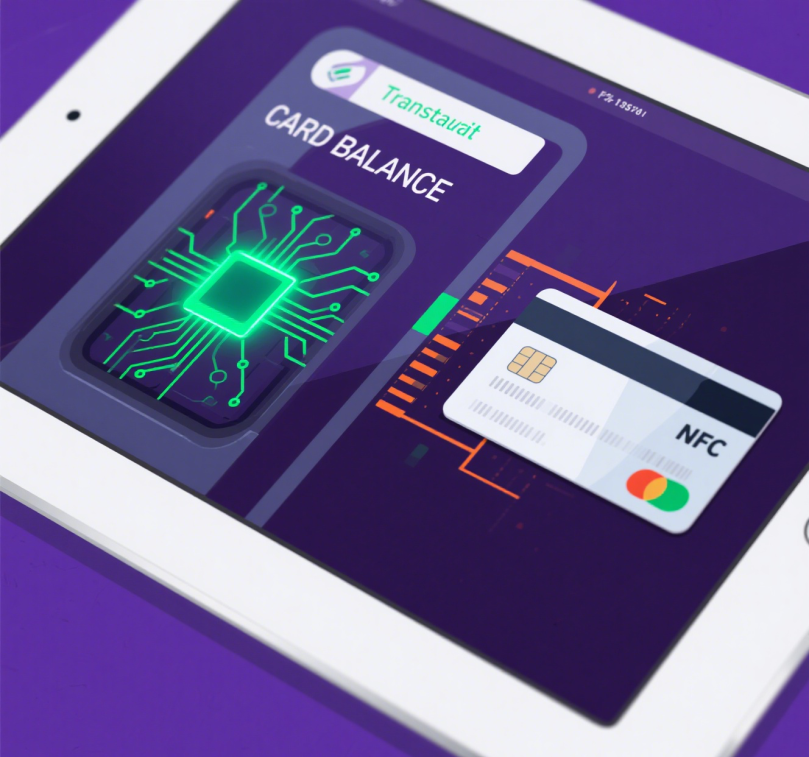 NFC Technology: Ushering in a
NFC Technology: Ushering in a
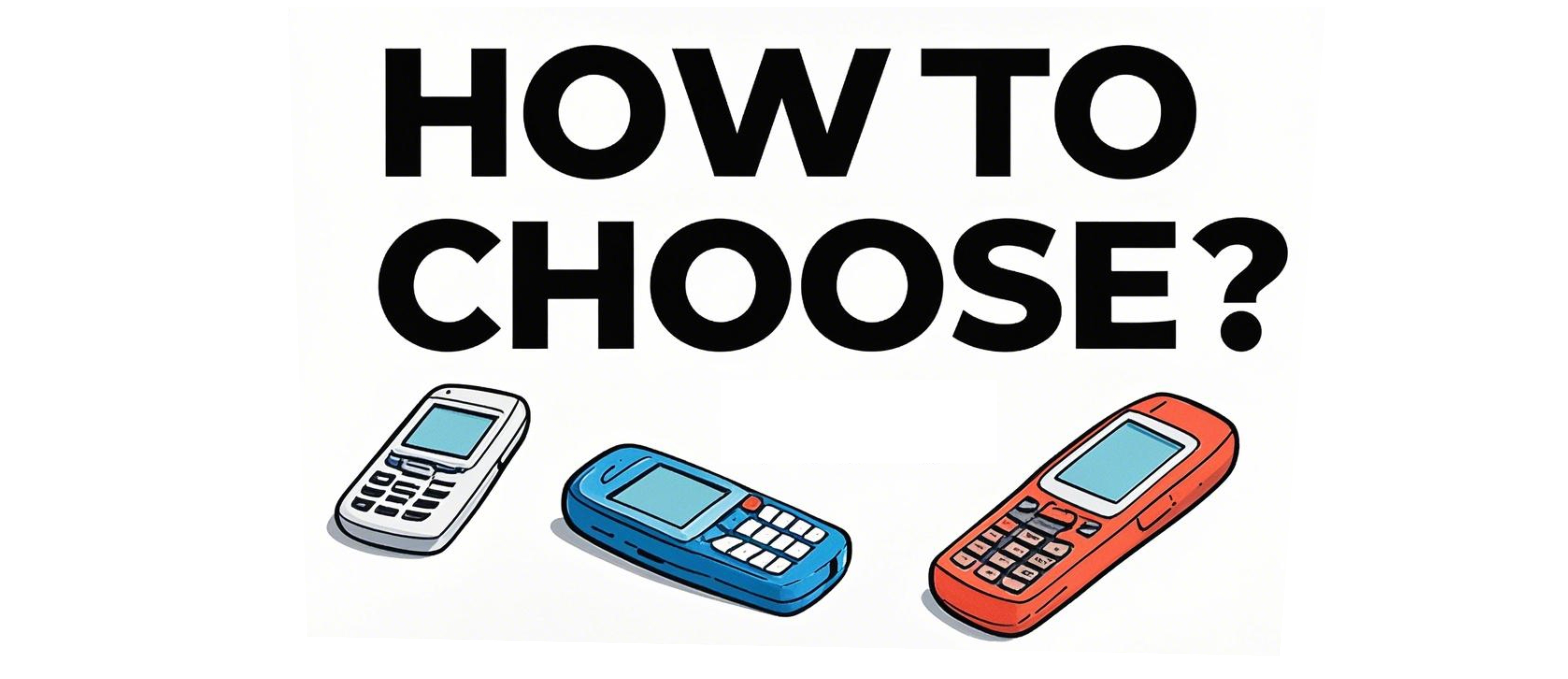 How to choose a suitable handh
How to choose a suitable handh
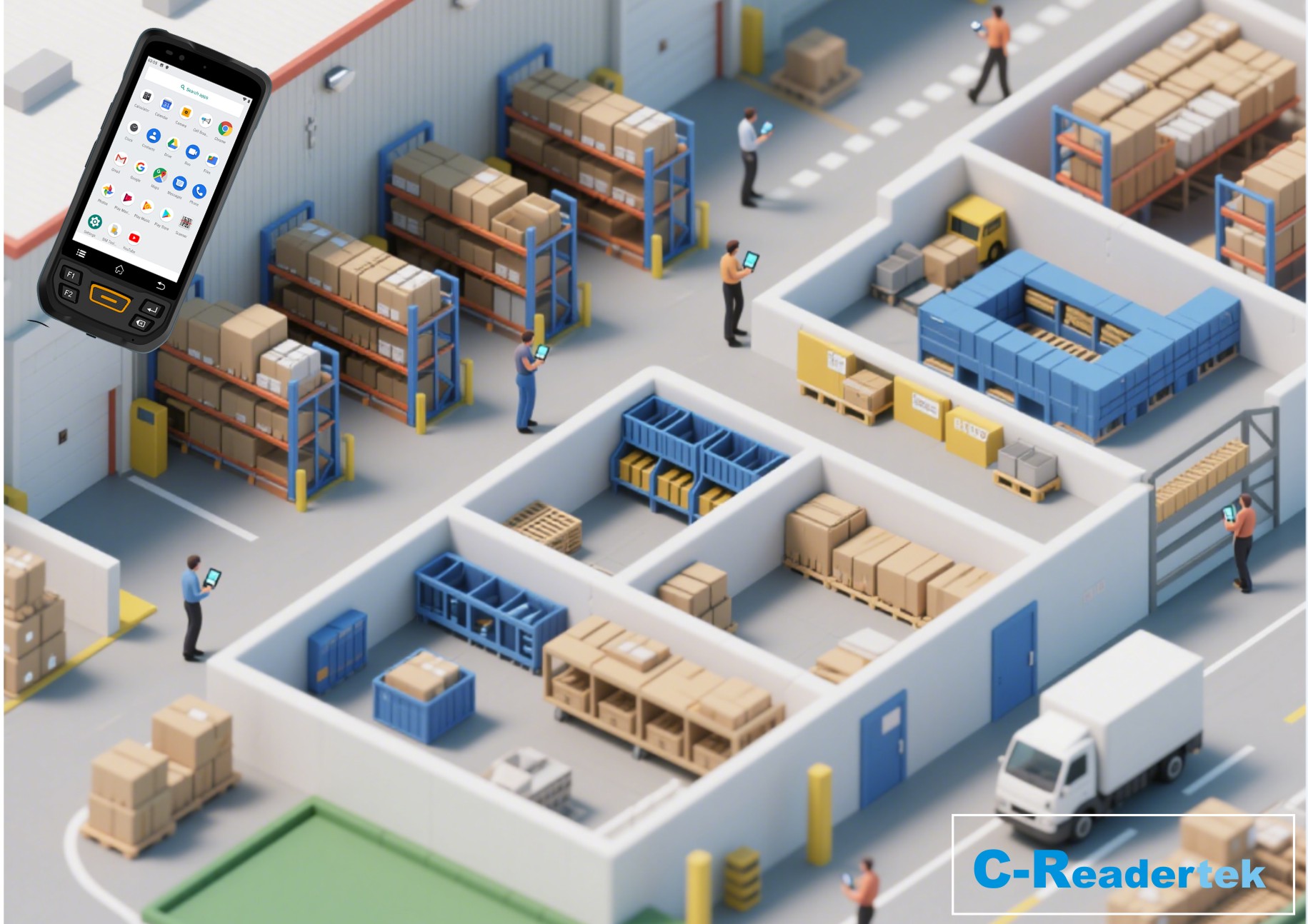 Five core applications of hand
Five core applications of hand
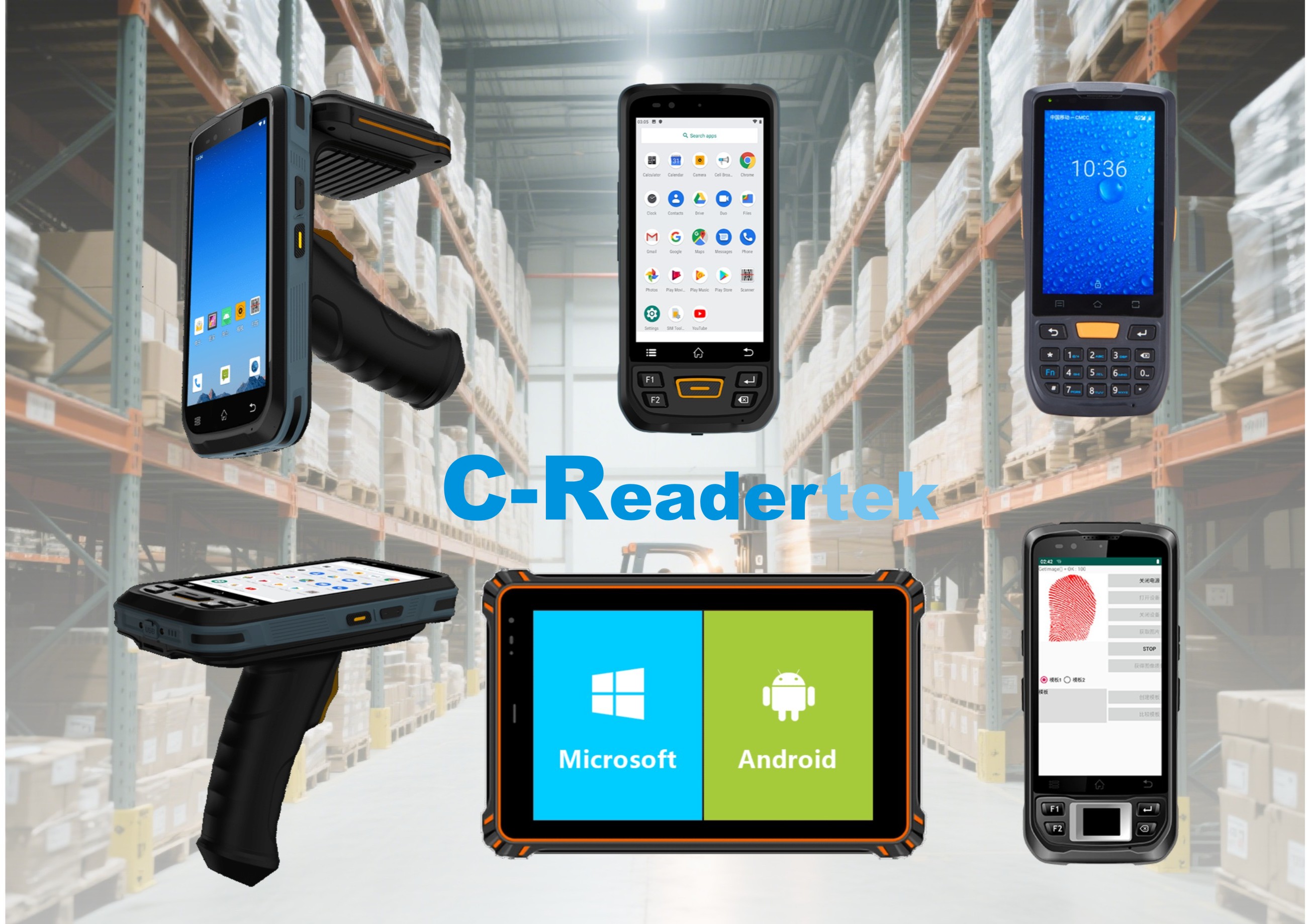 Handheld Mobile Computer - Chi
Handheld Mobile Computer - Chi